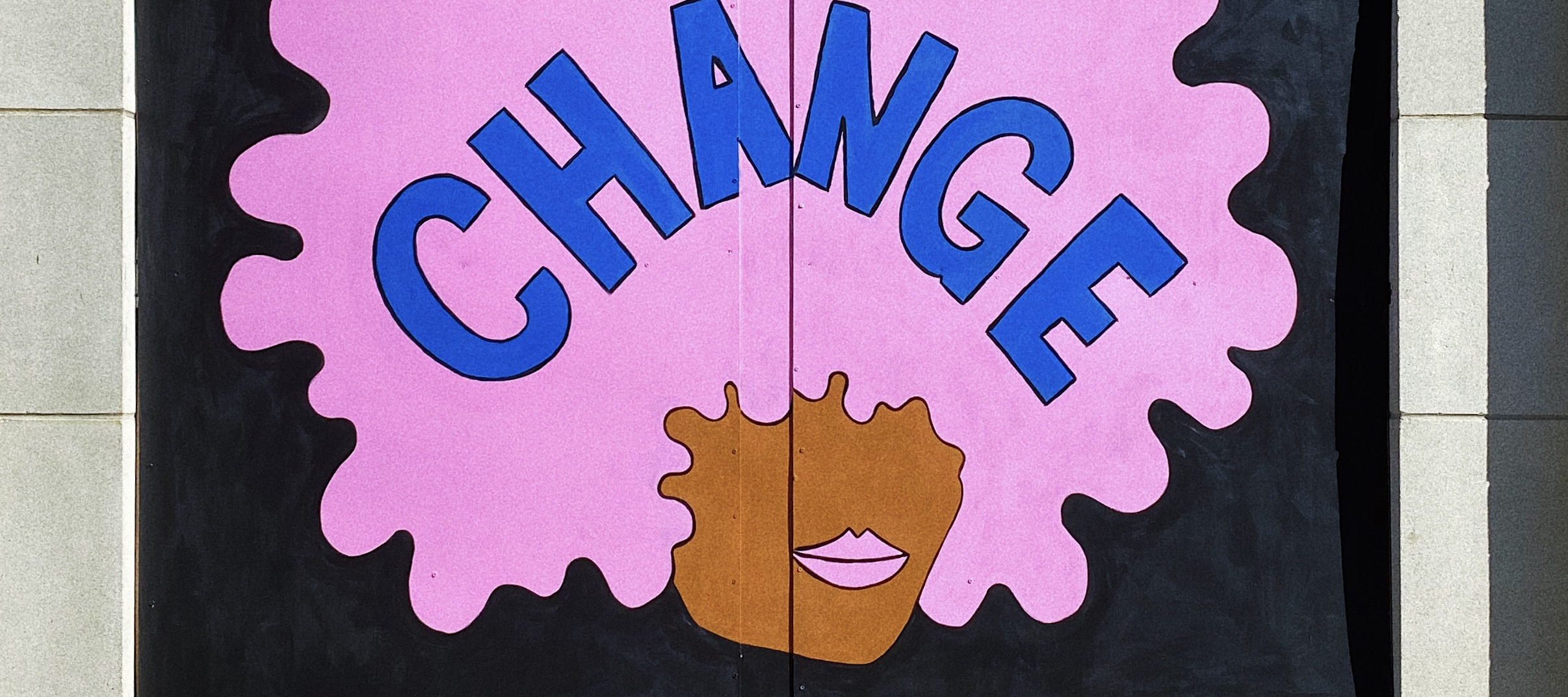
Which parts of the art world definitely need to change? We asked the 35 trailblazing artists, dealers, tastemakers, and entrepreneurs on the 2022 Artnet Innovators List that question as part of this year’s report. We’ve gathered some of their insights here, in one collective interview. Take in their advice and learn more from individual members of the list on Artnet News in the coming weeks.
If you could change one thing about the art world, what would it be?
I would change the canon of art history to be more reflective and true to what is real.
–Sandra Jackson-Dumont
There should be a mechanism to give artists at the start of their careers the opportunity to work in their studios full-time, right away, before they need to support themselves with income from their work. I think we lose so much of the best talent to the realities of having to pay bills.
–Ariel Hudes
That it can support *more* artists. I think the art world focuses on supporting a small group of artists well, but I’d like to see more equity.
–Casey Reas
I would make it care, respect, and love creativity in ways that support artists being creatives and not commodities.
–Linda Goode Bryant
I’m focused on diversity. It’s not just enough to place a few people of color in the room, they also need leadership roles. I would like to see more voices from marginalized audiences within power-playing positions in the art world.
–Christiana Ine-Kimba Boyle
I would encourage more human interaction. Although viewing art through your phone is far more accessible and convenient, it is also crucial to see art, meet these talented artists in person and to experience the artistic trajectory behind them.
–Adrian Cheng
I wish that we did a better job of talking about art made with technology as art, and not just as technology. Those of us in the “trad” art world tend to fetishize the use of technology despite not fully understanding it—or perhaps because of that—and to either ignore or dismiss the aesthetics.
–Tina Rivers Ryan
Less individualism and more collectivism.
–Mia Locks, Museums Moving Forward
I wish it was far more curious and experimental than it is. For it to take more risks and reward the practices of people that are pushing the boundaries and potential of art, irrespective of where they come from, rather than speculating, following the market trends, and relying so heavily on industry and institutional validation.
–Stefan Benchoam
Stop calling it “the art world”. It sounds lame.
–Jamian Juliano-Villani
The economics of it. I would change the ways that artists do not receive compensation when others get rich off of their labors into eternity.
–Elizabeth Alexander
Royalties to artists.
–Ian Cheng
I would like to make art more financially accessible to the world. Investing in art has proven to generate phenomenal returns but has been largely reserved for billionaires. Imagine if anyone could buy 0.1% of a Basquiat in a single, permissionless swap from your phone.
–Jamis Johnson
The rush.
–Mariane Ibrahim
I wouldn’t change anything. All the things that make it fun and treacherous are good—keep them!
–Mohammed Afkhami
To gain a healthy dose of perspective. The art world loves creating narratives about things always being new but so many of the inner workings of our world are not as distinct as we make out.
–Noah Horowitz
I would make the art world more open-minded. It just seems very resistant to change. It still feels very much like a country club or somewhere where people ask who your daddy is.
–Beeple
Its fixation with novelty.
–Amy Cappellazzo
I would like to see greater gender diversity. There are a lot of women and LGBTQ people in the space, but it’s still very strong white men at the higher executive level of galleries like Pace and Gagosian. Of course, this all applies to the crypto art world, as well.
–Erick Calderon
There are so few institutions that recognize digital art at a level similar to their collections of paintings and sculptures. These pieces may not offer up the same level of tangibility, but they are no less important or relevant to the period they were created within. Fortunately this is beginning to change, but there is a long journey ahead to preserve and foster dialogue about what artists create with their machines.
–LaTurbo Avedon